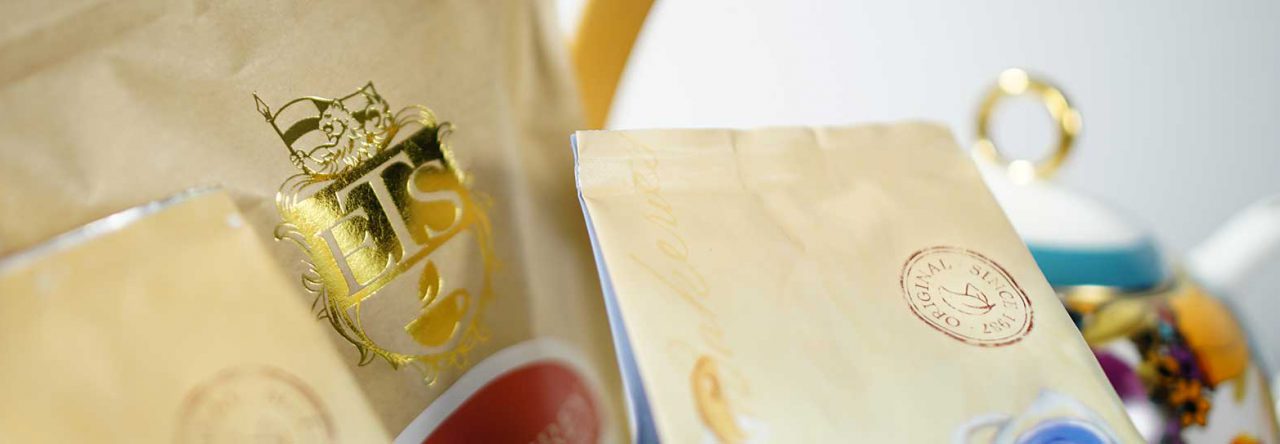
When you consider that tea is the most popular drink in the world after water it isn’t really that surprising to see just how many countries grow and produce it. When you look at global tea production, India and China instantly stand out, both producing well over twice as much tea annually as their nearest competitor Kenya. The two countries both have long histories of growing tea, and they both have their own native variety with which to do so.
Whilst all tea comes from the species Camellia Sinensis, there are many different varieties of the plant which are grown commercially and two that are especially well known. Chinese teas are predominantly made from Camellia Sinensis var. sinensis while Indian teas (with the exception of Darjeeling) are mainly made from Camellia Sinensis var. assamica. These make up the vast majority of global tea production, and you have to search pretty hard to find anything else on the market.
Sinensis is the variety which was originally discovered and cultivated in China, it is small leaved and delicate, growing as a fairly compact bush. The Indian variety has bigger, wider leaves than sinensis, and they are dark green and glossy. The full grown plant is much bigger and more tree-like in assamica, and it is higher yielding, which helps to make Assam such a successful growing region.
Assamica was supposedly discovered by a Scottish explorer called Robert Bruce in 1823 and was classified in the 1830s. When tea growing on a commercial basis was initially trialled in India, it was with Chinese plants, but it was soon discovered that assamica or a hybrid of the two varieties did much better in the lowland soil and climate where most Indian plantations are now located.
The two varieties, even when processed in the same way, make very different teas. Sinensis produces a sweeter more delicate liquor with a complex bouquet where as assamica gives a rich, malty liquor with a much stronger flavour. This has led to the predominance of assamica in breakfast tea blends while sinensis is the main ingredient in more delicate teas.
There is no question of one variety being better than the other, they both produce unique and wonderful teas. One of the real joys of tea is how varied it is, and we are lucky to have such a hard working plant as Camellia Sinensis that can provide so many unique products from just one species.
© Online Stores, Inc., and The English Tea Store Blog, 2009-2014. Unauthorized use and/or duplication of this material without express and written permission from this article’s author and/or the blog’s owner is strictly prohibited. Excerpts and links may be used, provided that full and clear credit is given to Online Stores, Inc., and The English Tea Store Blog with appropriate and specific direction to the original content.



Leave a comment